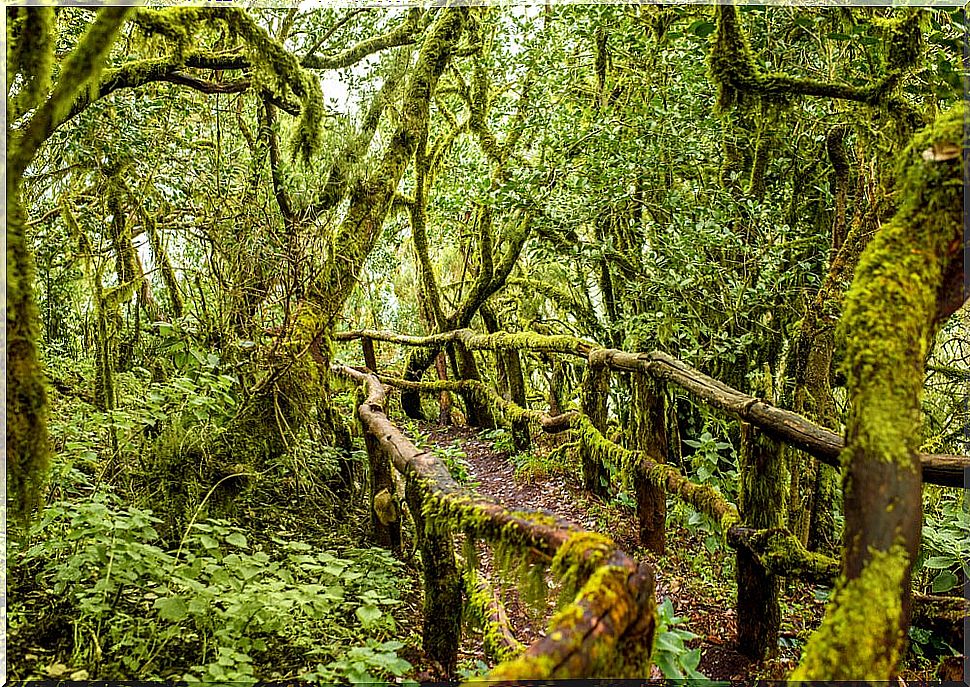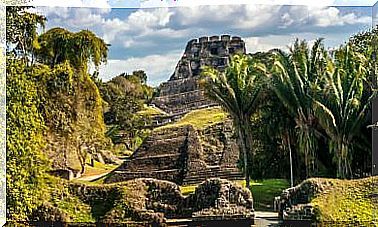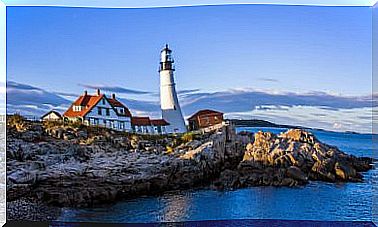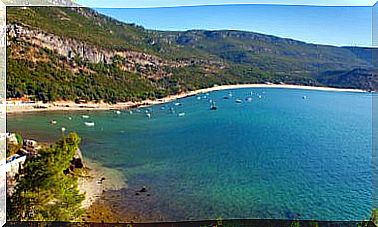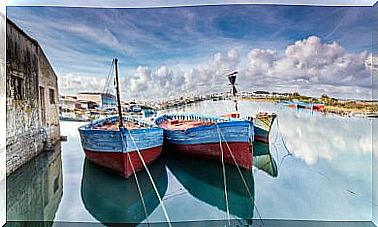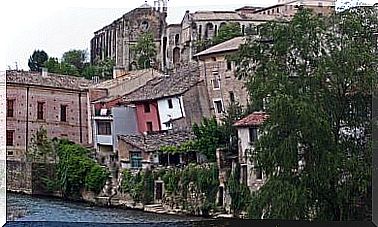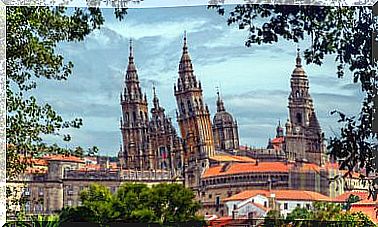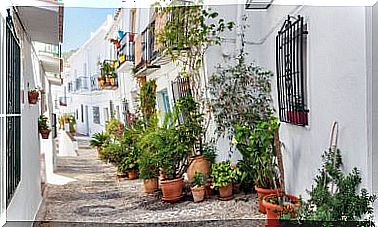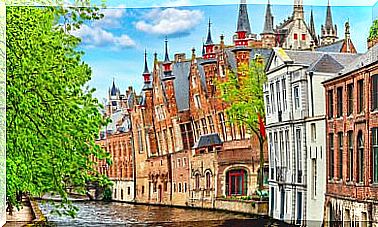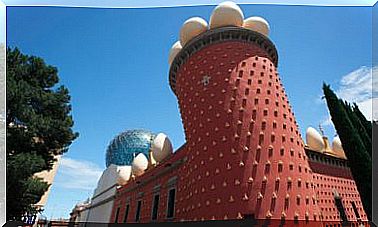Doñana Celebrates 50 Years As A National Park
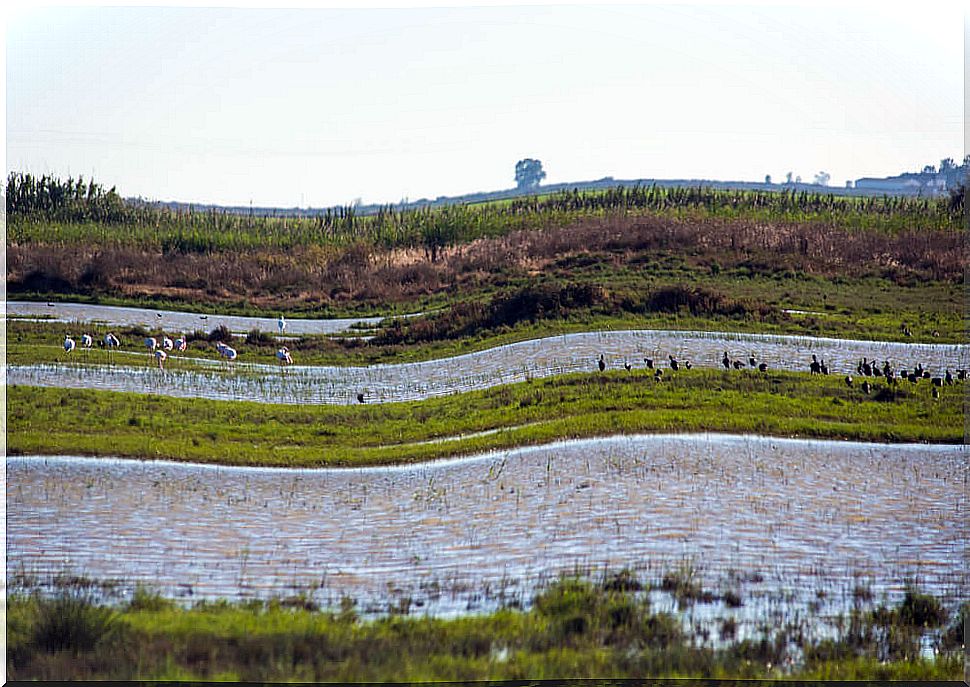
The Doñana National Park has celebrated its 50th anniversary as a protected area in August 2019. It has been years in which this great wetland, unique in its kind, has been resisting many threats. And its most emblematic places have also been valued so that visitors can know it and learn all its mysteries and its enormous importance.
Doñana in 1969
It was on August 14, 1969 when the Government of Spain declared 35,000 hectares as Doñana National Park. A figure of maximum protection that some environmental activists, scientists and biologists have been working for a long time.
You have to think that the ecological value of these wetlands is immense. According to experts, only estuaries such as the Danube River or the Volga River are comparable to Doñana.
A natural importance that contrasted with his little care on the part of the authorities. In this area bathed by the Guadalquivir river, any type of activity was allowed without any control, from hunting to water extraction or agriculture.
So, definitely, Doñana was given the necessary protection. A recognition that came perhaps late, even more so if we compare it with other magical places in Spanish nature, such as the Picos de Europa, which were already a national park since 1918.
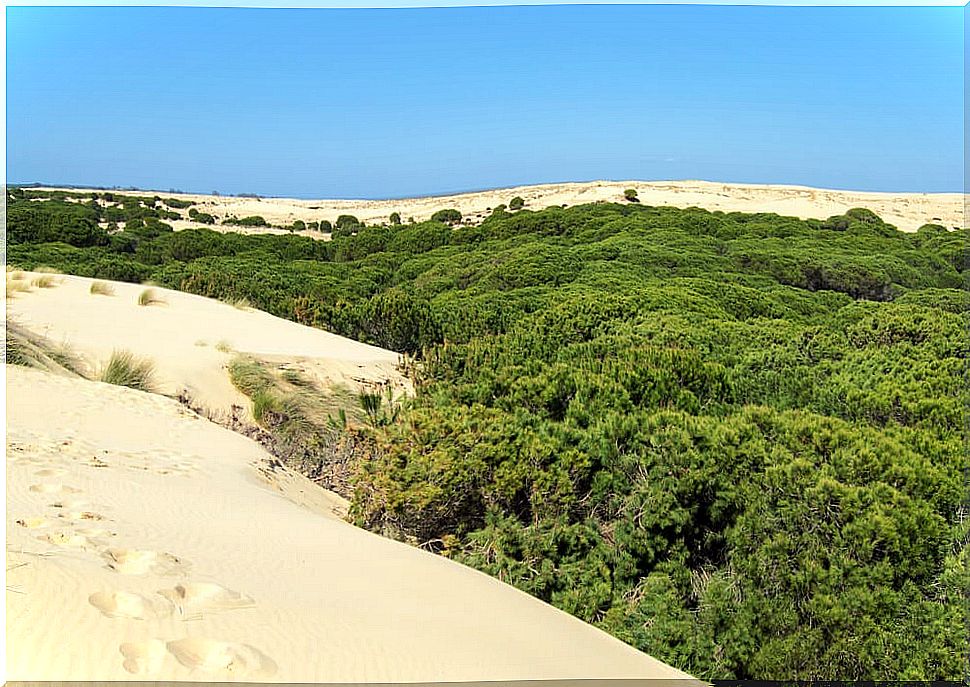
Doñana in 2019
At present, the Doñana National Park is celebrating its 50 years of protected space in style. But even so, there are still serious dangers threatening it, such as poaching or the creation of illegal water wells, and even new road projects.
Therefore, it is essential not to lower your guard. It is imperative the need to continue collaborating among all to the conservation of this wonderful habitat in Andalusian lands.
The mouth of the Guadalquivir river
The vital artery that fertilizes this entire area are the waters of the Guadalquivir River, which here have their last stretch of route, through the provinces of Seville and Huelva, before flowing into the Atlantic Ocean.
These waters create unique wetlands in Europe for many reasons, including its climate, which allows the development of exceptional vegetation. But also because of its location in the south of the continent, so that it is a wonderful stop for thousands and thousands of birds that every year make their migrations between the northernmost areas of Europe and the warmer lands of Africa.
The largest ecological reserve in Europe
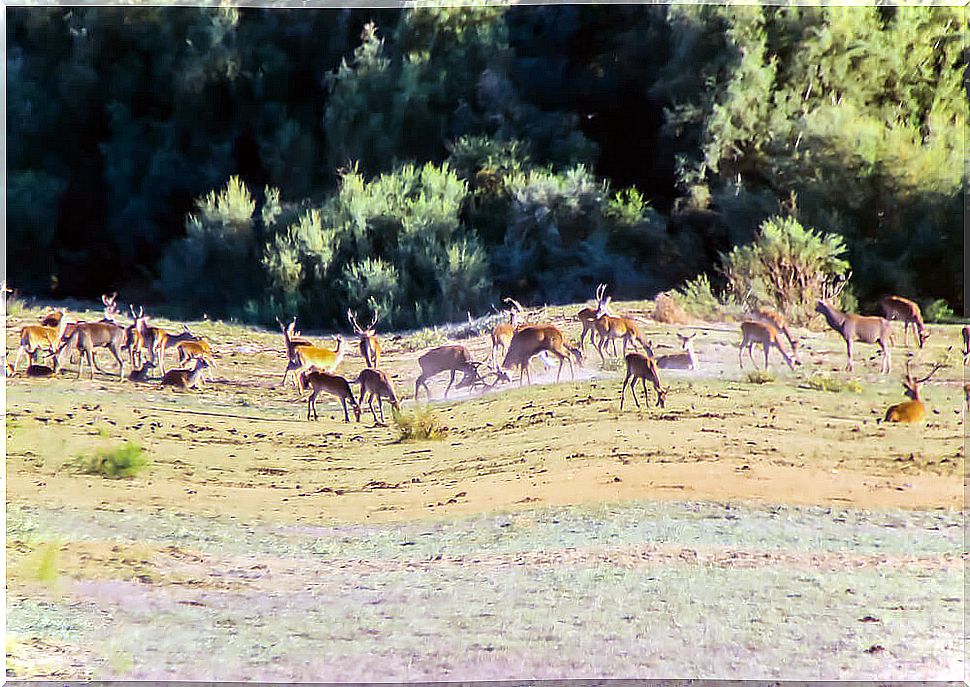
Of the initial 35,000 hectares of the Doñana National Park, today there are about 60,000 protected, so that in the same space there are different areas of interest. There are, of course, the iconic salt marshes, but there are also areas of mobile dunes and even others with more stabilized sands.
And there are environments in which the great protagonist is low scrub vegetation. By the way, these areas are where two of the most charismatic species of Doñana live: both the spectacular imperial eagle and the most threatened feline in Europe, the Iberian lynx.
These are species that reside here all year round, but then there are many others that only spend seasons in Doñana. They are species that make their stop in this space year after year on each of their transcontinental trips. Some just rest, but others even have their breeding points here.
In short, depending on when you travel to the Doñana National Park, you can see different types of herons, egrets and egrets. You can also see geese, ducks, flamingos, coots and countless water birds.
One of the 15 Spanish national parks
From all that has been said above, it is clear that Doñana is one of the great jewels of Spain’s natural heritage. In addition, of the 15 national parks in the territory, it is perhaps the most internationally renowned, given its unique and irreplaceable qualities. For all this, it is essential that we collaborate together to its conservation for many more years.
